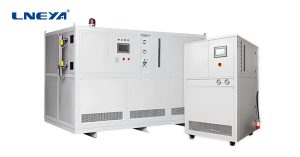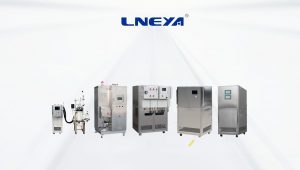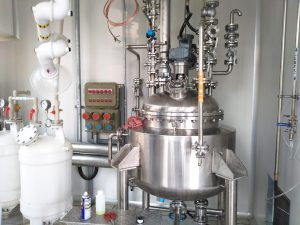Vocs exhaust gas condensation recovery unit refrigerant charging instructions
In the vocs exhaust gas condensation recovery process, the refrigerant is able to affect the operation of the vocs exhaust gas condensation recovery process, vocs exhaust gas condensation recovery treatment professional manufacturers reminded that in the case of the discovery of refrigerant loss, vocs exhaust gas condensation recovery treatment refrigerant charge Note work.
Connect the vocs exhaust gas condensing and recycling various equipments. When vacuuming until the pressure drops to 133.3Pa, close the three-way valve, remove the hose from the suction port of the vacuum pump, connect it to the R404 cylinder, and loosen it in the three-way. The hose on the valve.
Slightly open the handle on the R404 cylinder and fasten the loose hose to the three-way valve when the R404 refrigerant is ejected from the loose hose port (this is to clear the hose) Residual air).
Invert the R404 cylinder, the vocs exhaust gas condensation recovery compressor is energized, and the clamp current meter is placed in the power cord. Open the three-way valve handle and allow the compressor to quickly shut down after drawing in a portion of the R404 refrigerant. Observe the pressure of the pressure gauge and the clamp ammeter. With the pressure and current reduced, turn on the handle of the three-way valve. After filling a part of the R12 refrigerant, quickly close the handle of the three-way valve, and repeat this several times.
The pressure of the vocs exhaust gas condensation recovery treatment pressure gauge is stable at 0.03-0.05 MPa (0.02-0.04 MPa in winter and 0.05-0.07 MPa in summer). When the operating current of the clamp ammeter is stable at around 0.6-0.8A, the condenser dissipates evenly, and the temperature of the dry filter is slightly higher than the ambient temperature. The surface of the evaporator is evenly frosted and has a sticky hand. At this point, the vocs exhaust gas condensation recovery treatment refrigerant charge is appropriate, the capillary can be flattened with a sealing pliers, and then the capillary is pinched off with a wire cutter, and the fracture is welded with oxygen.
The vocs exhaust gas is condensed and recovered, and the weld is leaked with soapy water. According to the steps, the charging of the refrigerant in the vocs exhaust gas condensation recovery process can be basically completed, but it should be noted that the refrigerant should not be charged too much at one time to avoid malfunction.
LNEYA vocs exhaust gas condensation recovery treatment refrigerant is selected as an environmentally friendly refrigerant, different manufacturers of Freon refrigerant, we need to pay attention to its type when choosing.

Recommandations connexes
-
Description of power consumption in LNEYA large refrigeration unit
1279In the process of operation, the cooling capacity and working conditions will affect the power consumption of the entire large refrigeration unit, but in order to avoid unnecessary power consumption, we need to understand the other power consumpti...
Voir les détails -
Quand choisir le système de contrôle de la température TCU ?
1011Tout d'abord, il faut savoir que la marmite de réaction doit généralement assurer le contrôle de la température nécessaire en même temps que la réaction chimique du matériau lui-même. Grâce au changement de température du fluide circulant dans l'enveloppe ...
Voir les détails -
Réfrigérateur antidéflagrant - Convient aux usines de production mécanique
1475Le réfrigérateur antidéflagrant LNEYA est un type de réfrigérateur spécial principalement utilisé dans un environnement industriel particulier pour conserver des marchandises dangereuses difficiles à conserver, volatiles, inflammables et explosives. Avec le développement de l'essence...
Voir les détails -
Effect of cooling and heating temperature cycle during emulsification
1586Emulsification is the effect of a liquid in which even tiny droplets are evenly dispersed in another liquid that is incompatible with each other. Emulsification is a liquid-liquid interface phenomenon. Two immiscible liquids, such as oil and water...
Voir les détails
 LNEYA Industrial Chillers Fabricant Fournisseur
LNEYA Industrial Chillers Fabricant Fournisseur














